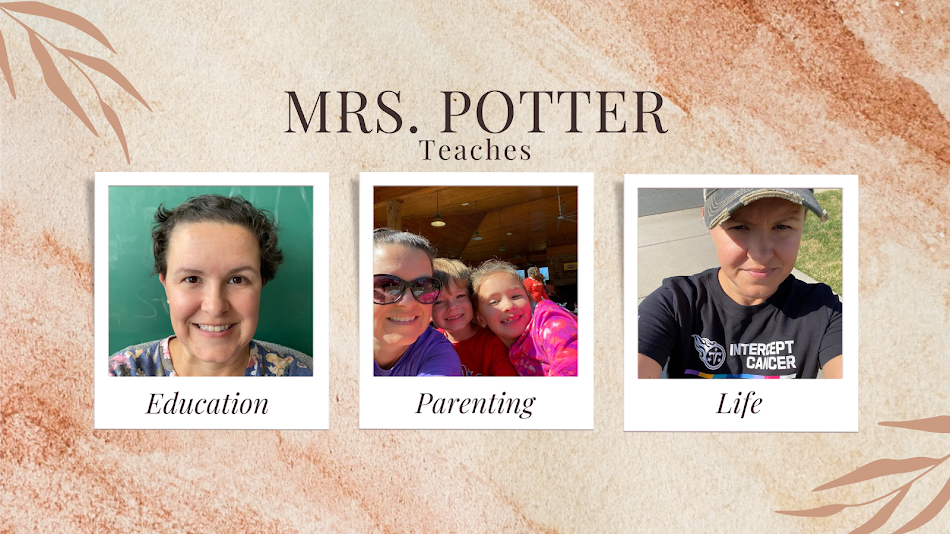I love reading all of the debates online about expectations for students during live sessions, whether you are using Zoom, Google Meet, or some other platform.
Some of the expectations being set are downright ridiculous. I think I saw one the other day that stated students must have shoes on. Are you kidding me? First of all, there are many parents that won't allow students to wear shoes in the house. Secondly, are the teachers wearing shoes?? Because I can tell you that I for one am not wearing shoes in my house. Slippers maybe, but shoes? That's a no.
Now I will be honest. I didn't start the first week of school shoving Zoom/Meet expectations down my kids throats because honestly I wasn't exactly sure what I wanted to expect of my students. Instead that first week we just went with the flow. If something happened that was not in the best interest of the students, then we would discuss why that behavior was not going to work for our class. We figured out together what the best things would be for our virtual learning.
This is the same exact thing we do when we are in the school building. You always hear people talk about setting up the classroom rules and expectations together as a class, why wouldn't the virtual world be any different? Now, I teach fifth graders so this is not their first rodeo in a classroom, so I could imagine that with the younger babies you may need to set a few ground rules on the first day, especially when it comes to practicing muting and un-muting. But still, those students could be involved in the process of selecting rules, just with a little more guidance.
Now that we have finished our 2nd week of virtual learning, I have put our virtual learning expectations in a visual for our class.
You will notice that all of our expectations are written in a positive manner. I try to never include the word no. I also kept them very vague, because I teach 3 different classes and we may interpret them a little different for each class based on their needs.
Try to Arrive on Time - you will notice that I don't just flat out say, be on time. I'm human, I know that things happen. Internet goes out. Computer needs to be plugged in. Things happen when you are trying to get logged in from home. These are also 5th graders and sometimes we forget where the links are located to join a certain class. This is all new for us. Try to have a little patience.
Mute Microphone - this one is an obvious one. My students have discovered that is a lot easier to hear what others have to say when everyone else has their microphone muted.
Use Chat Appropriately - my students realized really quick that it can be a huge distraction when people are trying to have a conversation in the chat during class. We decided as a class that the chat should be used for asking or answering questions or sharing resources/links.
Be Present - ahh we have come to the grand debate, cameras on or off? Everyone has their own opinion. So far I have not forced any of my students to have their cameras on. Many of them choose to have them on, but some of them choose to have them off. I do remind though that if they are going to have their camera off that they must be engaging in the lesson so that I know they are present. This is why we set this expectation as be present. I must know that they are at their computer participating in the lesson.
Come Prepared - another obvious one. We discussed that just like in the school building, we must come to class prepared with laptops charged, any pre-work completed, and ready to learn that day.
Be Respectful - this is an important one in the virtual world. We discussed that being respectful isn't just about the words that come out of our mouth, but in a virtual setting we must be mindful of our facial expressions as well. My students decided that if they need to walk away from the computer, they would put it in the chat or would let me know, rather than just leaving. We discussed that when people are speaking we are listening and maybe agreeing with a thumbs up or nodding their head.
I know that some people have added more to theirs, but I like to keep my expectations short and sweet. When you start to impose too many rules on the students they will feel micromanaged and may start to disengage or not want to show up. This virtual learning is challenging enough, we have to remember to keep it light and make a stressful situation fun.
I am sharing my expectations poster here. I have a couple of version, one that you see above and one using bitmojis. You can easily make a copy and change them to your bitmoji.
I hope those who are embarking on this virtual learning journey are doing ok. It is tough. There are days I want to just give up and go back to the building, but we can do this! Stay positive. Stay patience. Have grace not only on the students, but on yourself as well. No one was prepared for this.
Instagram: @mrspotterstyle
Twitter: @apotter730




























